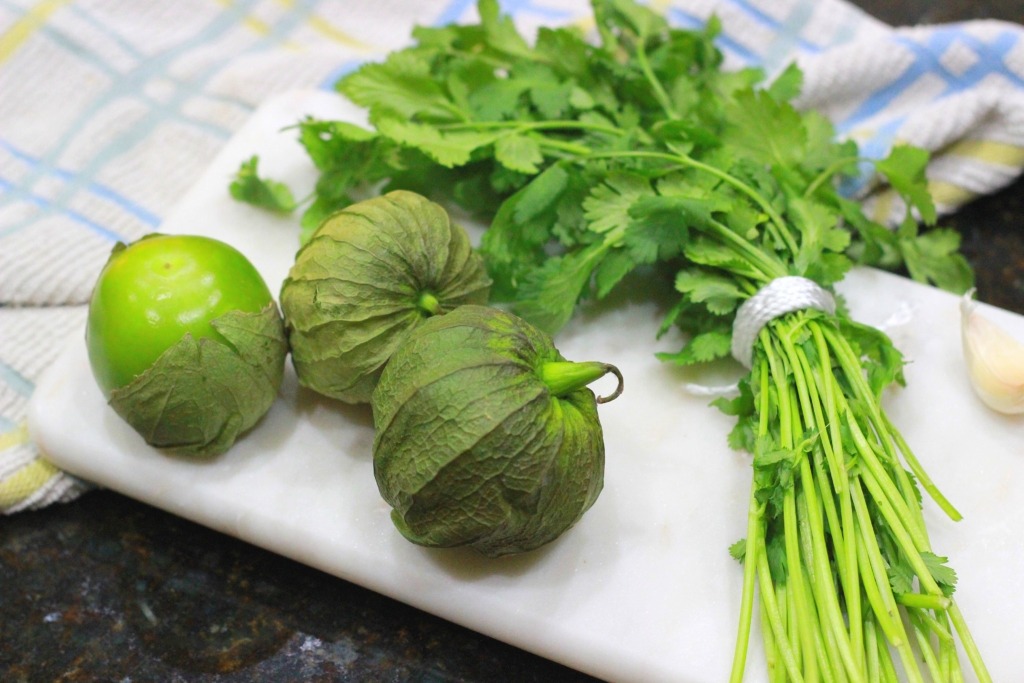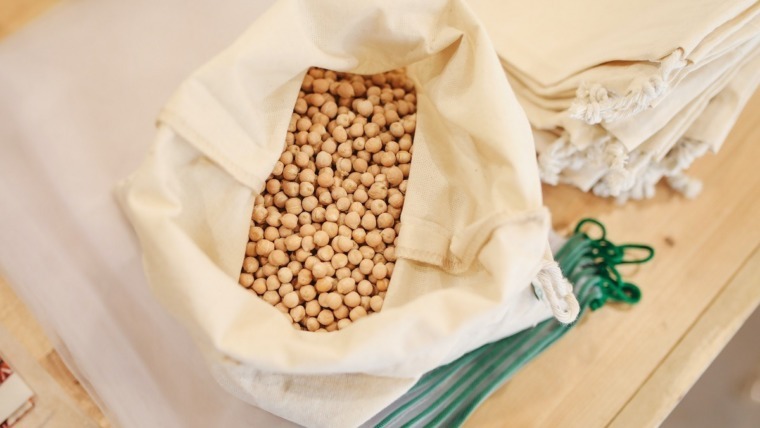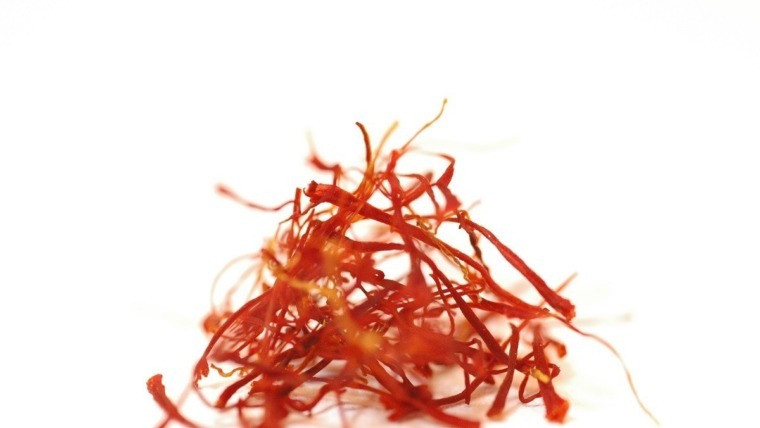
Our versatile anti-cancer warrior
Written By Pauline Hatch
They might literally mean ‘little tomato’, but the bright green tomatillo is quite unlike its red cousin. Savoury and tangy, tomatillos are gaining fame in the fight against cancer.
If you’ve never heard of a tomatillo before, you wouldn’t be alone! You might walk by these small, bright green fruits and easily mistake them for unripe tomatoes.
Outside, tomatillos are sometimes covered by a leafy husk, while inside they’re a little less watery and have a denser texture than the common red tomato. And, while they might still be a fruit (in fact, they’re technically a berry), their distinctly non-sweet, lemon-like flavour adds an incredible pop to any dish lucky enough to have them.
A dish best served…anytime
In Australia, we don’t talk about tomatillos much. If word got out just how astonishingly health these odd little fruits are, we’d all be loading up our trolleys with them and furiously googling recipes at the checkout line.
Tomatillos have a different nutrient profile to red tomatoes, and are almost superior in lots of ways, being:
- Loaded with niacin, potassium and manganese, as well as vitamins C for immune-boosting, K for healthy blood clotting, and A for healthy skin
- A good source of iron, magnesium, phosphorous and copper
- High in potent antioxidants that reduce inflammation, including B-carotene and lutein which help prevent macular degeneration
- High in flavonoids that play an important role in preventing mouth and lung cancers
Tomatillos have been linked to improvements in strep throat, asthma, digestion and cardiovascular health, as well as lowered blood pressure, ringworm treatment and increased energy and weight loss.
New discoveries in tomatillos and cancer
Scientists recently discovered withanolides, a set of phytochemical compounds that are natural antibacterials and cancer fighters. And guess what – yep, tomatillos are full of withanolides.
Tomatillos are already under the microscope because of their ability to reduce systemic inflammation, but studies showing their ability to potentially prevent cancer-promoting tumours have put them well and truly on the must-have, good-health radar.
A hundred ways to use tomatillos
When I lived in America, my favourite snack of all time was salsa verde with corn chips. It was everything good about tomato salsa, with a savoury and spicy tang that did a dance on my tastebuds every single time.
The great thing about whipping up some salsa verde (and consuming the tomatillo in it) is that it’s an incredibly versatile and healthy sauce. Here’s a quick guide to making your own jar of salsa verde and some serving suggestions:
Combine 800g roughly chopped tomatillos with two white onions, two garlic cloves and a few jalapenos (to taste) and boil in water for 10 minutes. Blend the ingredients along with a few sprigs of coriander and a pinch of salt, and add cooking water until desired consistency is reached. It should be a little chunky. Serve with corn chips, or you can use it as a sauce for other creations.
- Top on cooked meats like steak and grilled chicken
- Dollop onto fried or scrambled eggs and omelettes
- Mix in with rice or quinoa
- Use as a salad dressing
Essentially, tomatillos can be used anywhere you would use a tomato to give the dish a tangy facelift. They make a beautiful base for a variety of sauces and salsas, can be added to salads and soups, sliced onto pizzas and toast, and introduced into just about every Mexican dish you could name.
If the tartness makes your kids’ faces turn inside out, you can try them in cooked recipes first, since cooking helps to diminish the tang. You can also use half regular tomato and half tomatillo in recipes like kid-friendly chilli to balance the tart with the sweet – trust me, it’s worth trying because these berries are so ridiculously good for your kids’ tummies.
Where can you find tomatillos?
Tomatillos are actually a food of the Aztecs that made their way into the hearts and fields of Mexico, but you don’t need to go that far to pick some up. In Australia, they’re in season between November and April, and you can pick them up at fruit and vegetable stores or some major supermarkets.
If you’re picking them fresh, look for fruit that is bright green with a tan-coloured husk. Tomatillos sweeten as they change colour, but they’re less nutritious as they change to reds and purples. Store them in or out of the fridge, but not in an airtight bag or container. Leave the husks on until you’re ready to use them.
Canned tomatillos can be found at most major supermarkets and international food stores. Considering how quick and easy it is to use tomatillos in a huge range of ways, it’s worth picking up a few tins to keep handy in the pantry. You can literally whip up a tomatillo-based dip in minutes!
A precaution about tomatillos
Tomatillos, like tomatoes, are a nightshade. There are some people who have reactions to the produce in the nightshade family and can have symptoms like gas, bloating and diarrhoea after consuming. They also contain fructose, which is a consideration for people on fructose-restricted diets.
Sources:
- https://febs.onlinelibrary.wiley.com/doi/full/10.1111/j.1742-4658.2006.05560.x
- http://archive.news.ku.edu/2012/march/26/nativeplants.shtml
- https://www.nutrition-and-you.com/tomatillo.html
- https://www.naturalfoodseries.com/11-health-benefits-tomatillos



